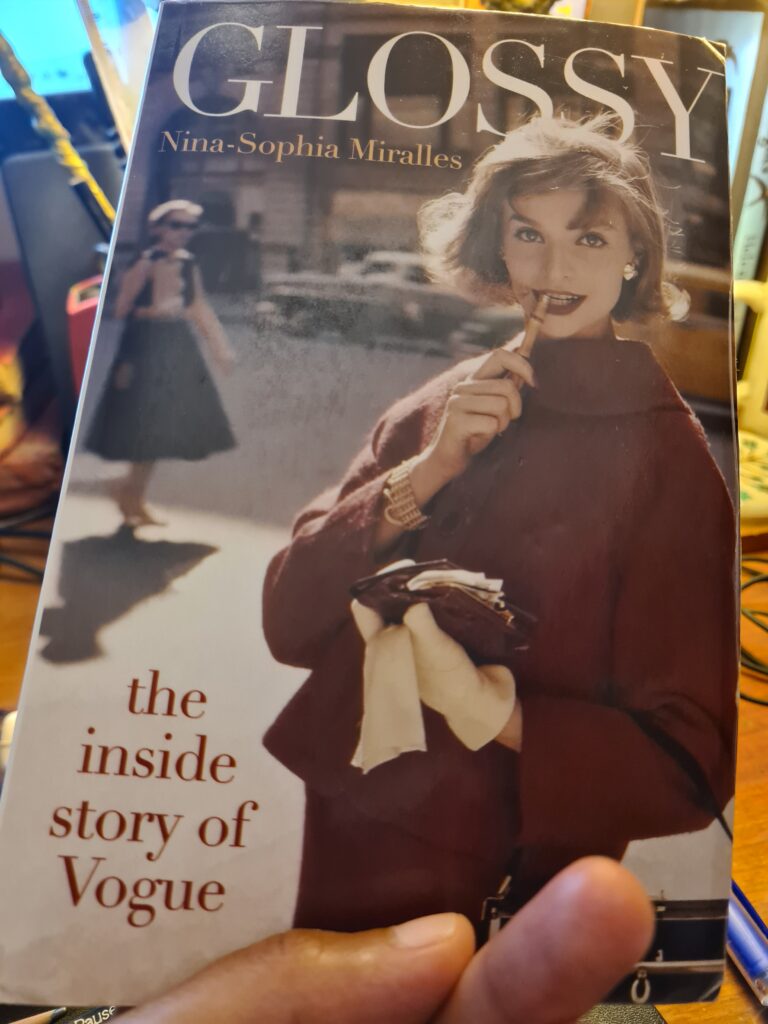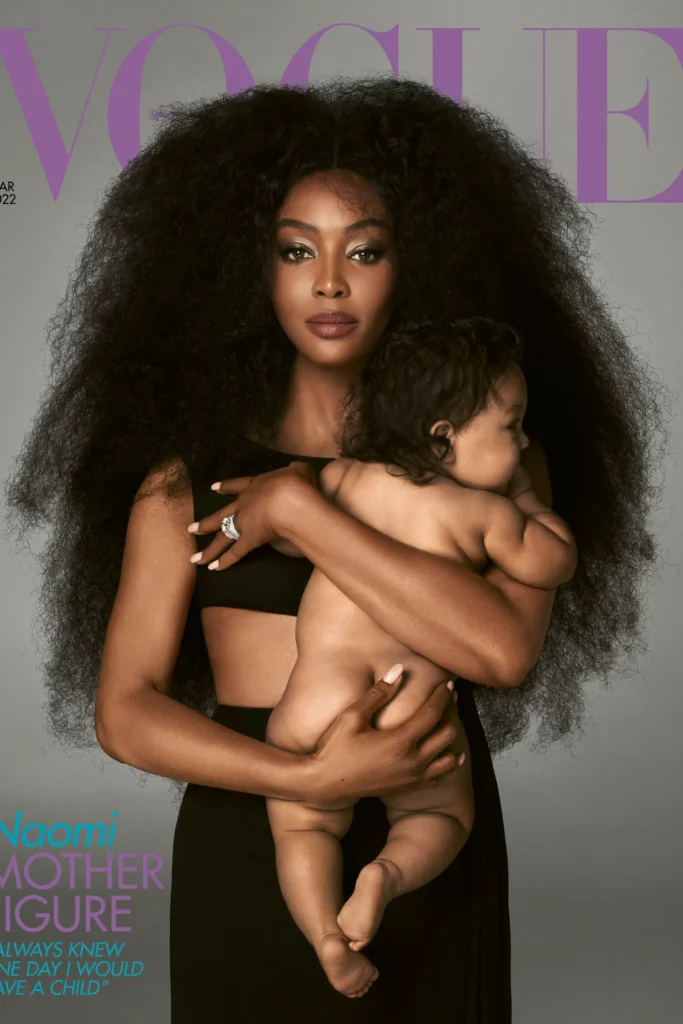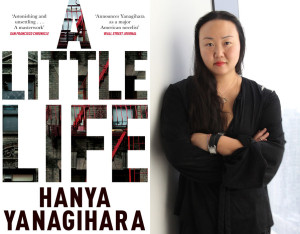“Glossy: The Inside Story of Vogue” by Nina-Sophia Miralles

Glossy: The Inside Story of Vogue by Nina-Sophia Miralles is a fascinating history of the iconic fashion magazine, Vogue. ( It is published by Quercus and distributed by Hachette India.) Vogue was founded in 1892 in New York by Arthur Turnure. He wanted to launch a high-quality weekly journal. “With one paper he seduced two social groups: middle-class readers would buy it so they could finally see what the rich and distinguished were up to and upper class readers would buy it to feed their egos.” After his death in 1906, the magazine was going through a hard time. Conde Nast who had had his eye on it for a while, proposed to the widow of Arthur Turnure to buy it. The deal was finalised in 1907. Ever since then, Vogue has remained a part of the Conde Nast group of publications. Even when the Newhouse family took over the group, Vogue remained.
Glossy is an extraordinary story about the survival of this magazine for more than a century, with many of its editors working for decades, including the war years. The transformations in the content of the magazine as a response to the times. From its first launch, in the fin de siecle, where it was filled with high society news and gossip, to offering advice to women about rationing and recognising women as a key part of the workforce (1914- 1940s) and to post-war years (1950s) trying to achieve the balance between the variety of readers across age-groups. The 1960s and ’70s proved to be testing times for the magazine as it took into account the rise of the women’s movement, braced itself for arguments about sexism, fashion and patriarchal expectations etc. Yet, at the same time, an editor like Diana Vreeland spent obnoxious amounts of money in organising a photoshoot in Japan with models draped in fur — “The Great Fur Caravan“. It cost $1 million that in current terms is approximately $7.5 million. The 1980s and 90s brought about another fundamental change in the magazine as it began to access a larger group of readers and the advertisement revenue it brought in was substantial. In the twenty-first century, the magazine was launched in many more countries. It expanded into new markets that would earlier have not been considered as a possibility. Also, the management structure was changed and for the first time an “outsider” was brought in as CEO of the company so as to create a media empire for the future. Roger Lynch, the former head of Pandora, a music streaming service, with a strong entertainment and tech background was appointed. This is the new age and now the fashion industry is estimated to be worth $1 trillion.
This book is a repository of information regarding the evolution of the magazine, editorial inputs, production challenges, experiments with writers and photographers, changing attitudes towards models and managing markets. The Newhouse mantra is that the bottomline is always about profits. The history of the magazine is inextricably linked with the personalities of its editors, photographers, art directors, writers and some models especially in recent years. Many of the editors are legendary such as Edna Woolman Chase, Dorothy Todd, Michel de Brunhoff, Edmonde Charles-Roux, Diana Veerland, Grace Mirabella, Anna Wintour, Alexandra Shulman, Emmanuelle Alt and Edward Enninful. While the author delves into minute details with many of the editors of the past, Miralles is a tad disappointing when recounting tales of editors such as Anna Wintour. It is almost as if Wintour continues to be a power to reckon with and it is best that not much is said about her. There are other careless lapses such as mentioning Donyale Luna as the first black model on the cover of 1966 British Vogue but omitting to mentioning the name of the first black model on the cover of the 1974 American Vogue — Beverly Johnson. The next time a black model made it to the cover was Gail O’Neill (1986) and Naomi Campbell (1987). So, the Feb 2022 cover of supermodel Naomi Campbell holding her baby girl is pathbreaking.

Despite the few shortcomings, Glossy is an immensely readably and brilliant account of the establishment, sustainability and survival of a women’s magazine through the ages. It has had a fair mix of contributors. The managment has made mistakes but it has learned to adapt and flourish. It may be a well-defined fashion magazine but it certainly cannot be ignored. If I could, I would show how extensively dog-eared and heavily underlined my copy of the book is!
27 March 2022

